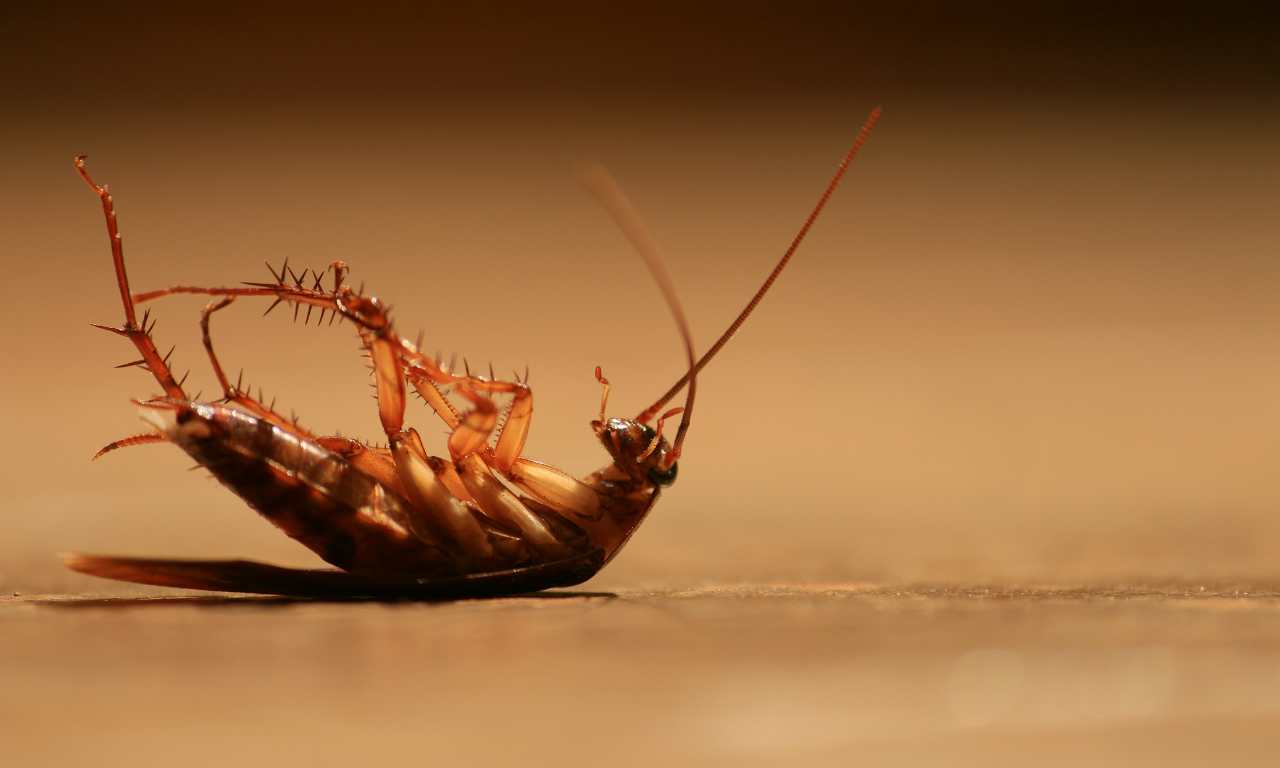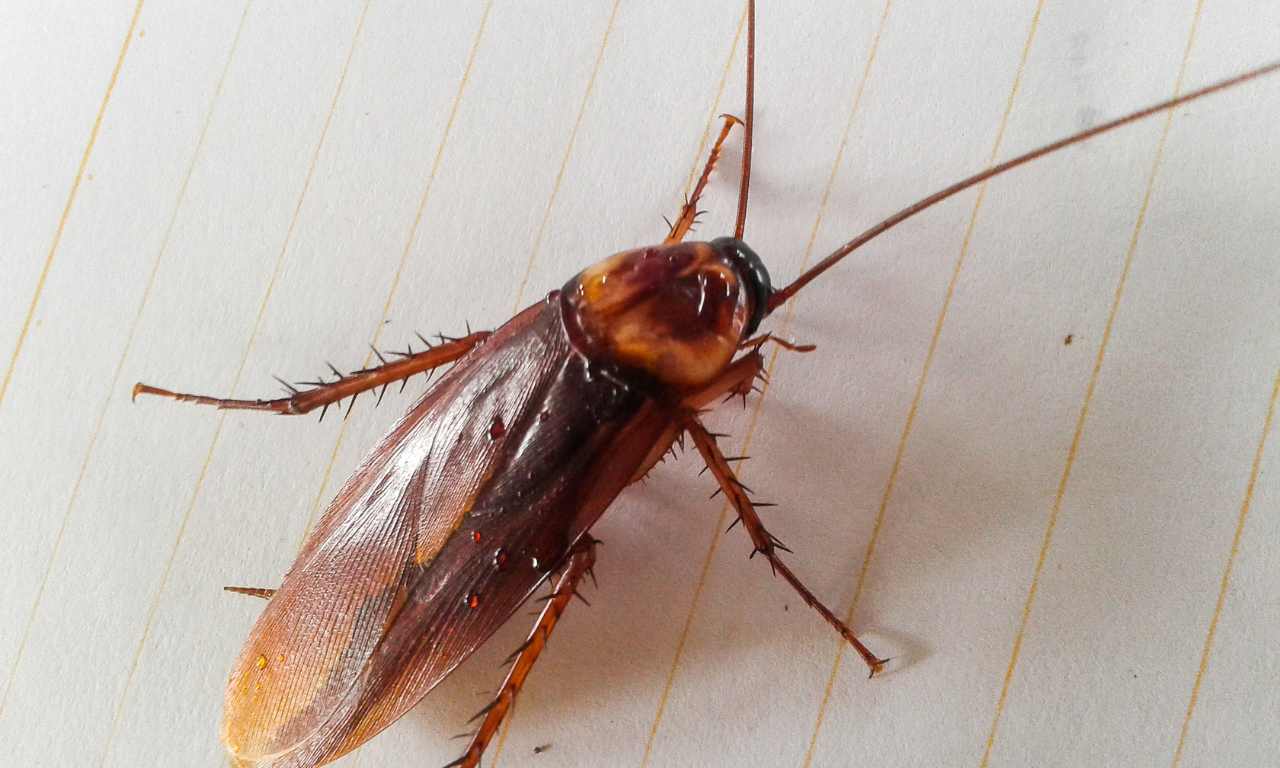January 21, 2023

Why Is Cockroach Uricotelic?
January 20, 2023

Why Is It Called Cockroach?
January 20, 2023
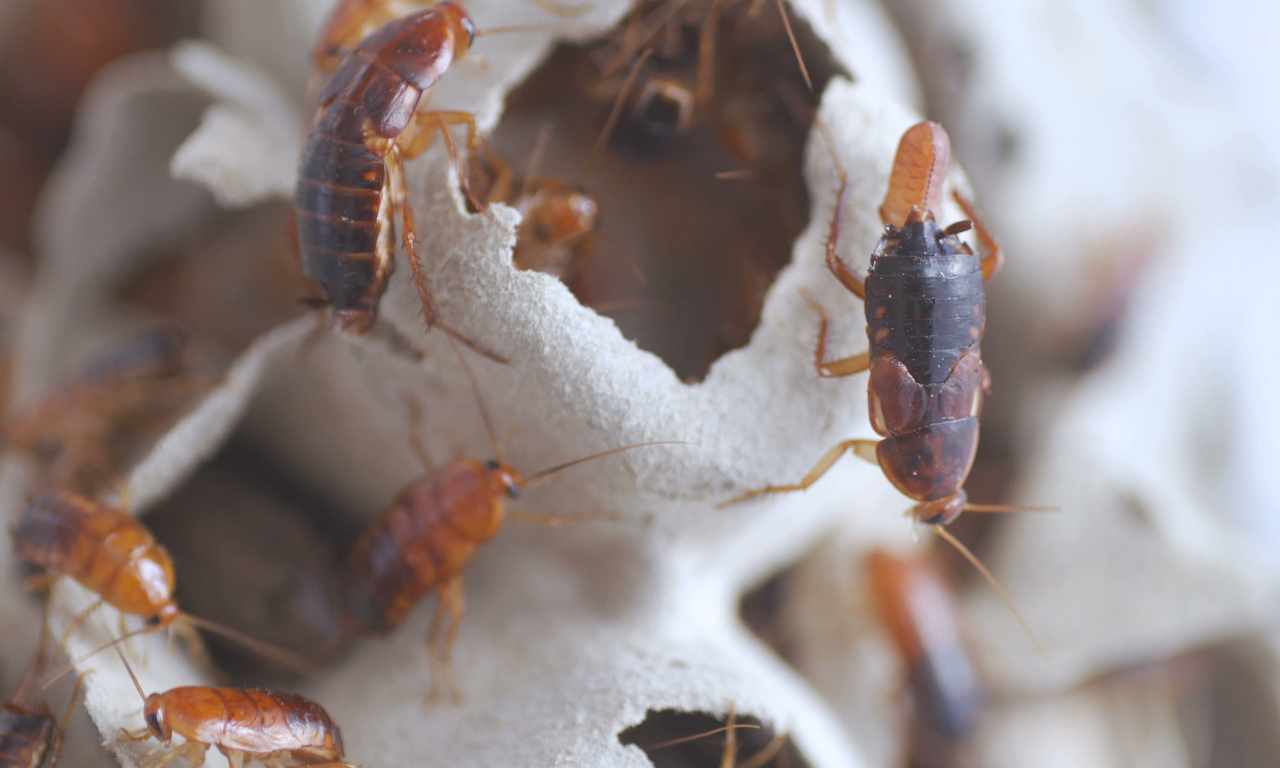
How Do Cockroaches Infest?
January 20, 2023

Wood Roach VS Cockroach
January 19, 2023
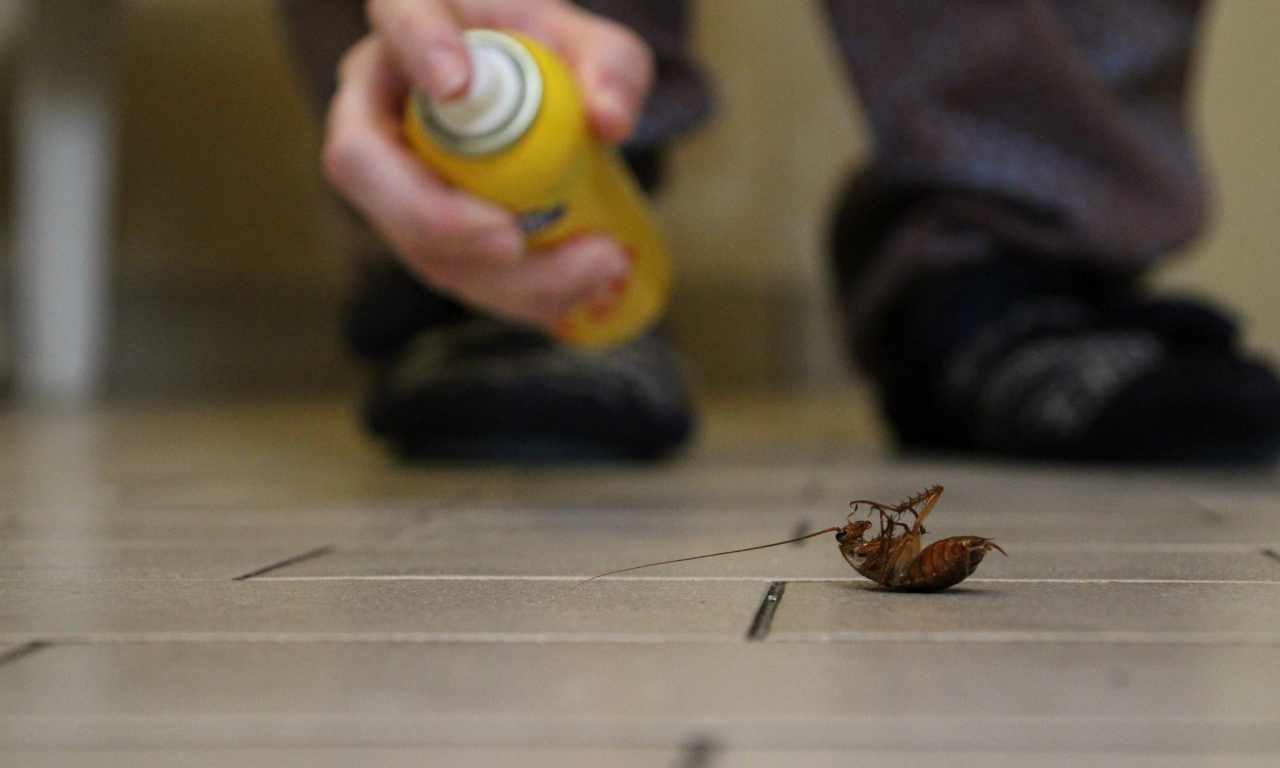
Which Cockroach Spray Is Best?
January 18, 2023
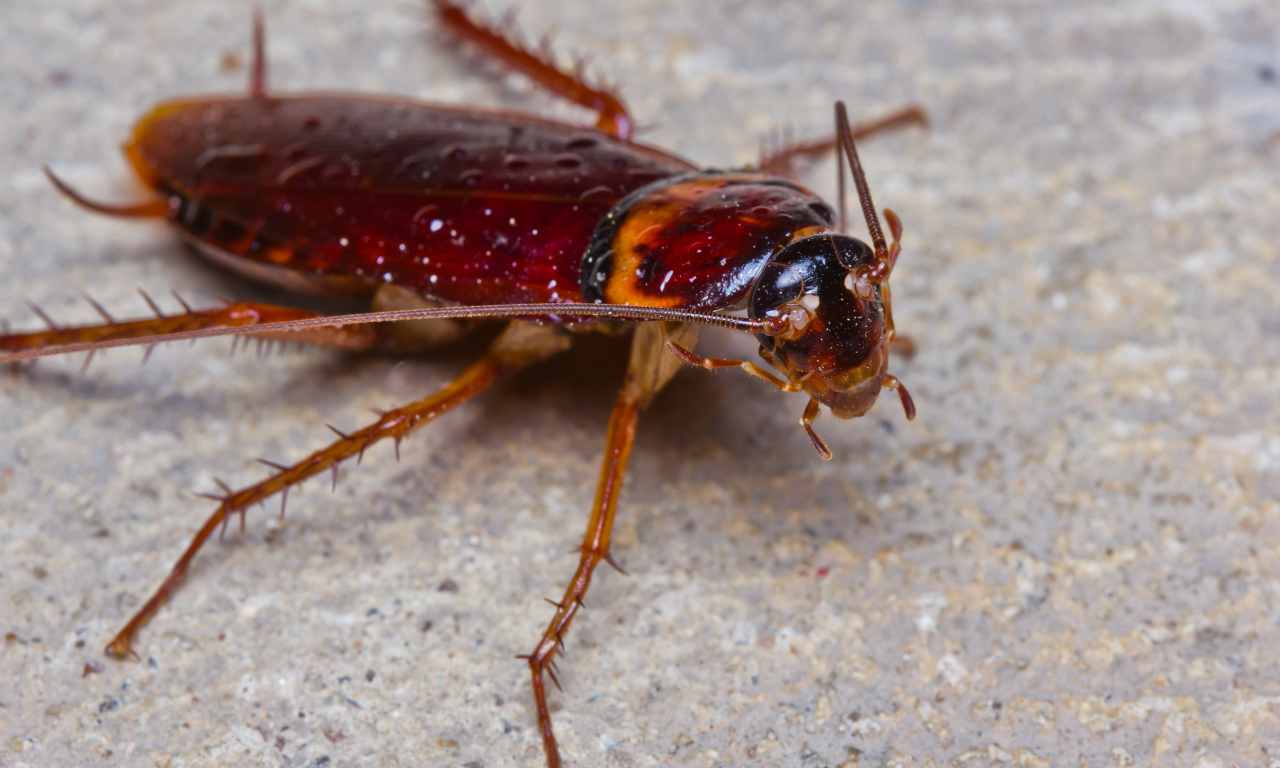
Can Cockroach Give Milk?
January 18, 2023
